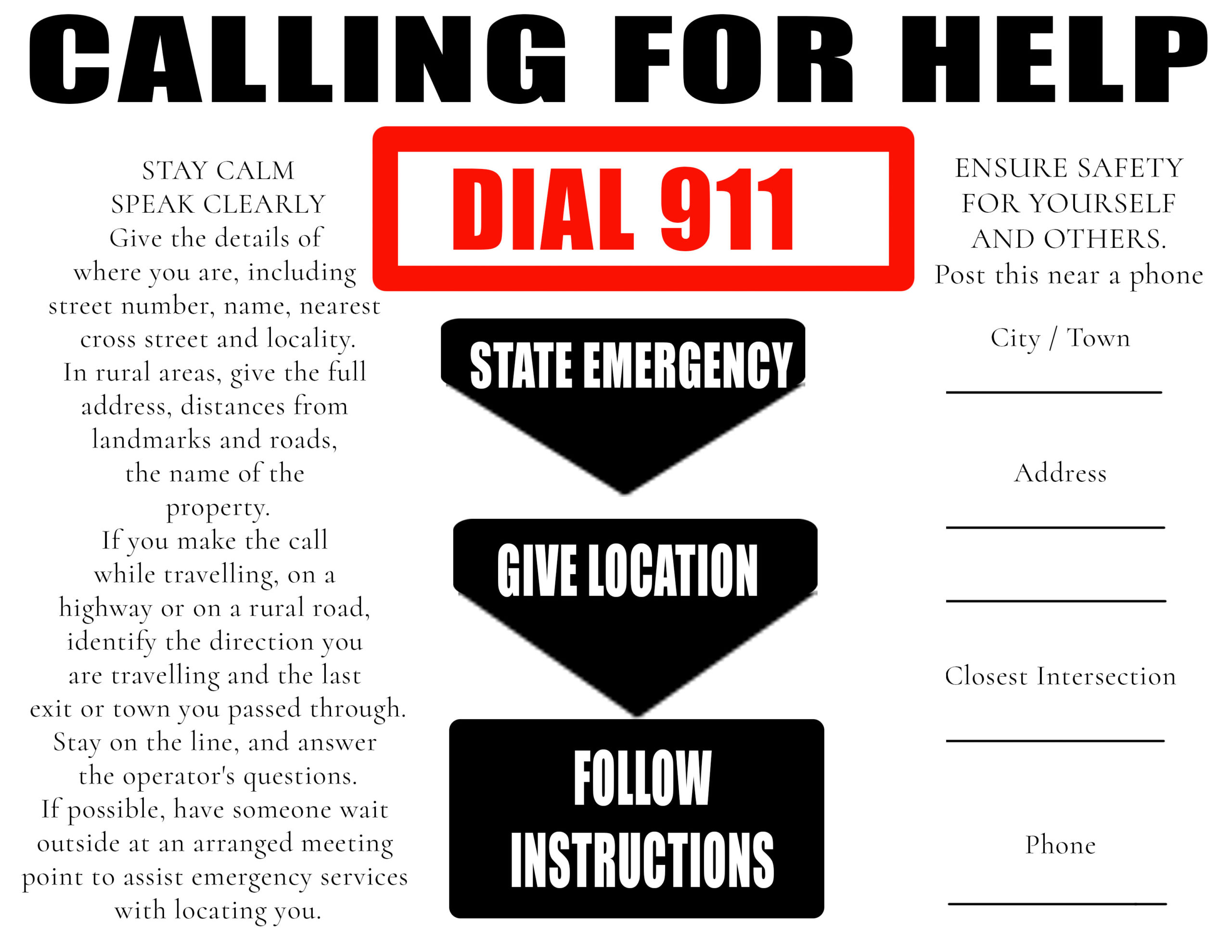Before we can jump into the how’s and whys of First Aid and CPR, we need to have some working definitions.
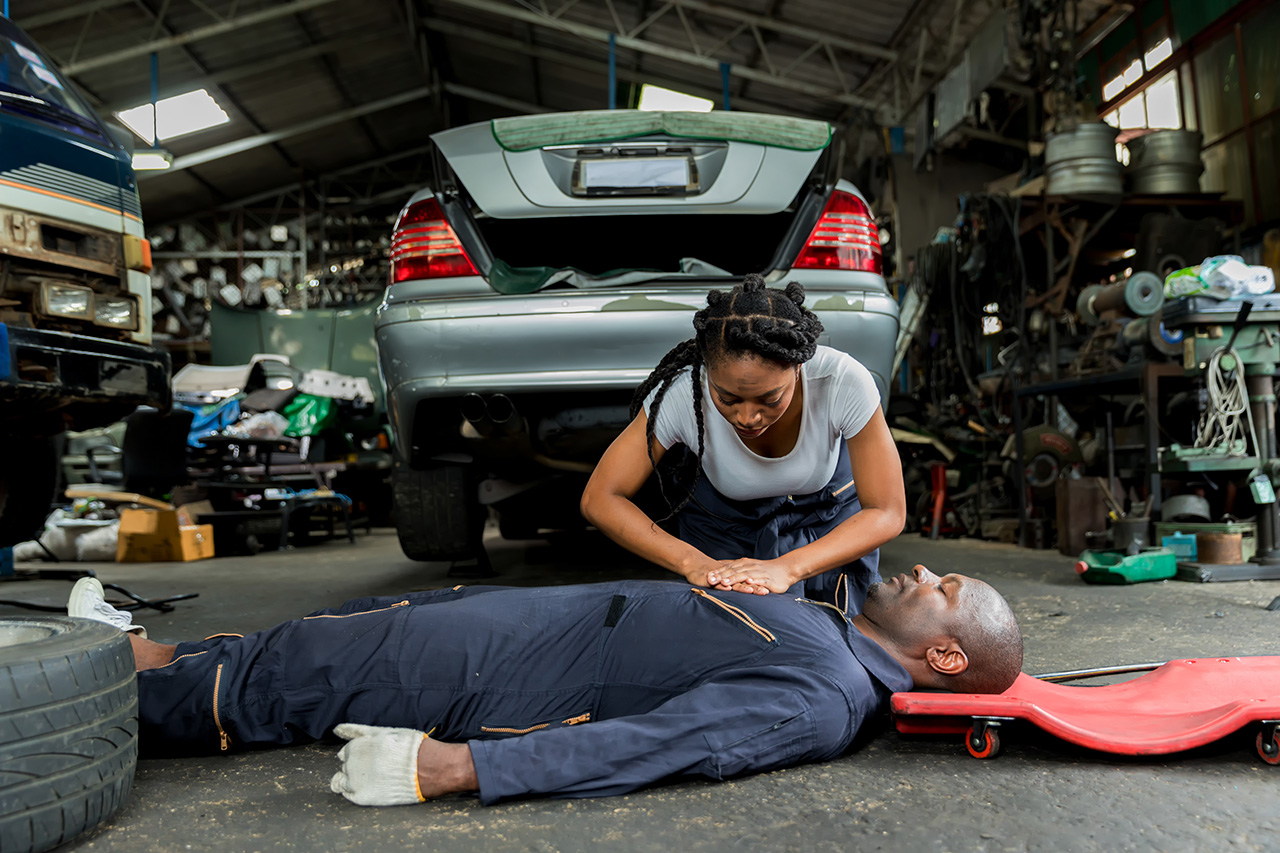
The American Heart Association defines first aid this way:
“We define first aid as helping behaviors and initial care provided to a person for an acute illness or injury. First aid can be initiated by anyone in any situation and includes self-care.”
CPR – cardiopulmonary resuscitation
The manual application of chest compressions and ventilations to patients in cardiac arrest is made in an effort to maintain viability until advanced help arrives. The American Heart Association recommends starting CPR with hard and fast chest compressions. This hands-only CPR recommendation applies to both untrained bystanders and first responders.
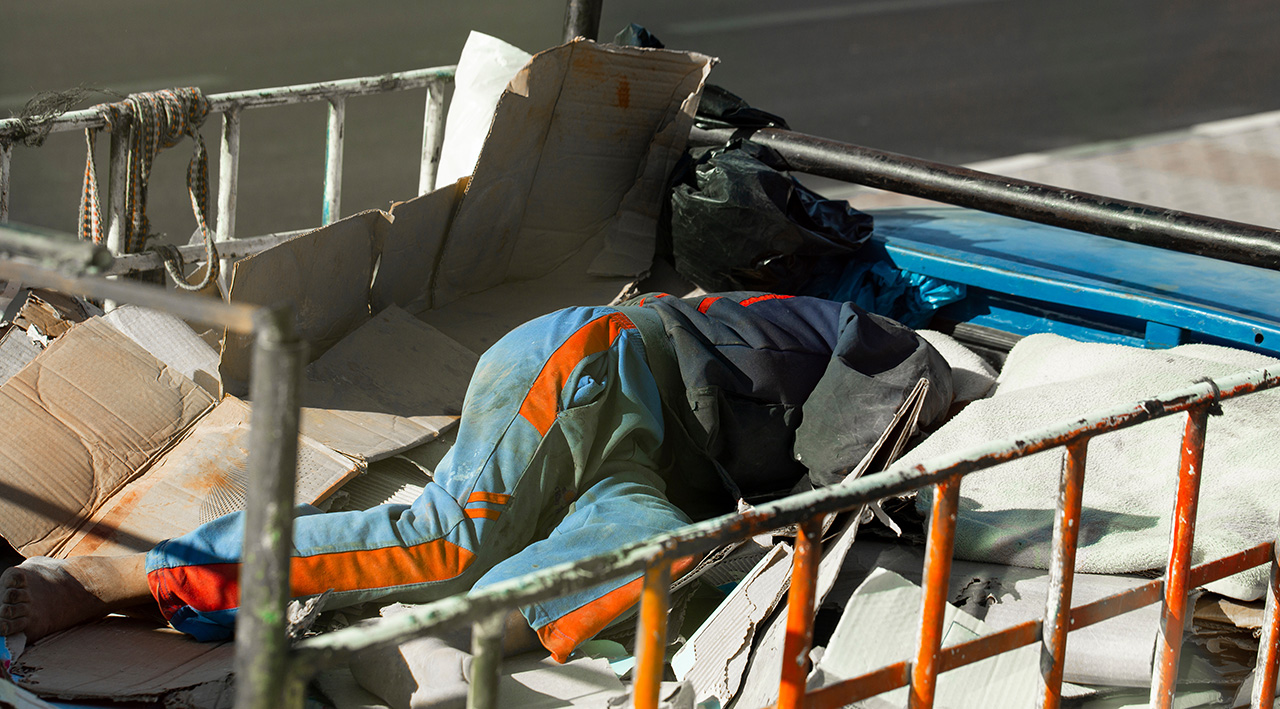
Safety First
It may sound like closing the barn door after the horse has already escaped, but the very first thing you need to do when rendering aid is to look around to see if you will be safe helping someone in need of first aid. Follow these steps.
- Is the area safe for you to render aid? If you are injured, too, no one is helped.
- Call 911.
- Primary Survey: check to see if the casualty is breathing.
- Secondary Survey: check for non-life-threatening conditions.
- Rest and reassure the casualty.
- Monitor and treat for shock.
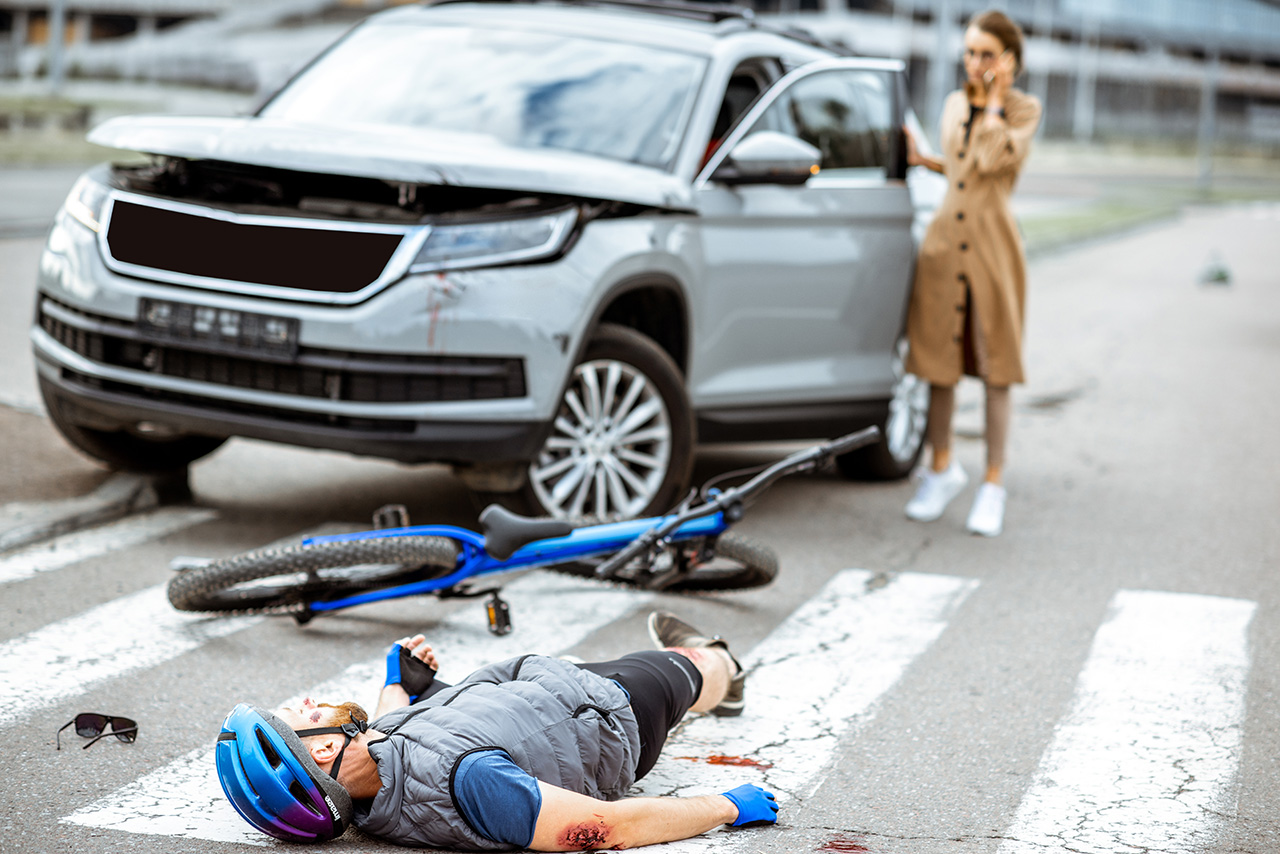
1. Is the area safe?
Each situation will be different. However, look for situations that could injure you or bystanders. Look for:
- fires or potential fires
- fumes or smoke
- falling objects
- broken glass on the floor around the casualty
- electrical wires or sources
- road traffic
If you see an unsafe area, you can do one of three things. Immediately go and get help without approaching the casualty. Move the casualty out of the area of danger. Eliminate the danger (such as opening a window to expel fumes).
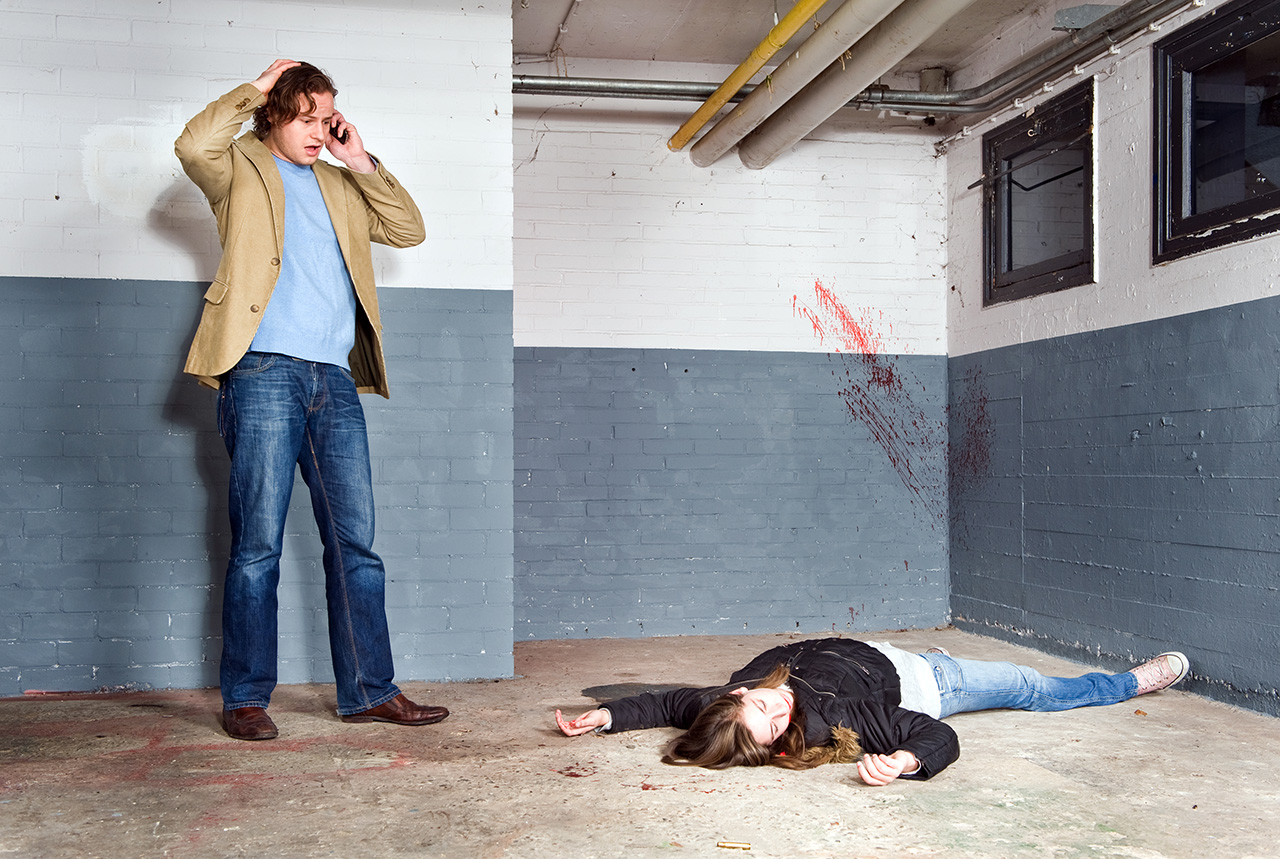
2. Activating the Emergency Medical Service (EMS)
In most cities in America, EMS can be activated by dialing 9-1-1 from any telephone. This will alert paramedics, fire stations, and police, all of which have people trained to administer first aid. If you are in an area that doesn’t use 911 and you don’t know the number for emergencies, simply dial 0 and an operator will help you.
Take note of the address or features of the surrounding area so that you can help the emergency operator get help to where you are. If you are dialing from a landline or a payphone, the number can be traced to pinpoint your location.
Listen carefully to questions you are asked and answer them as calmly as you can.
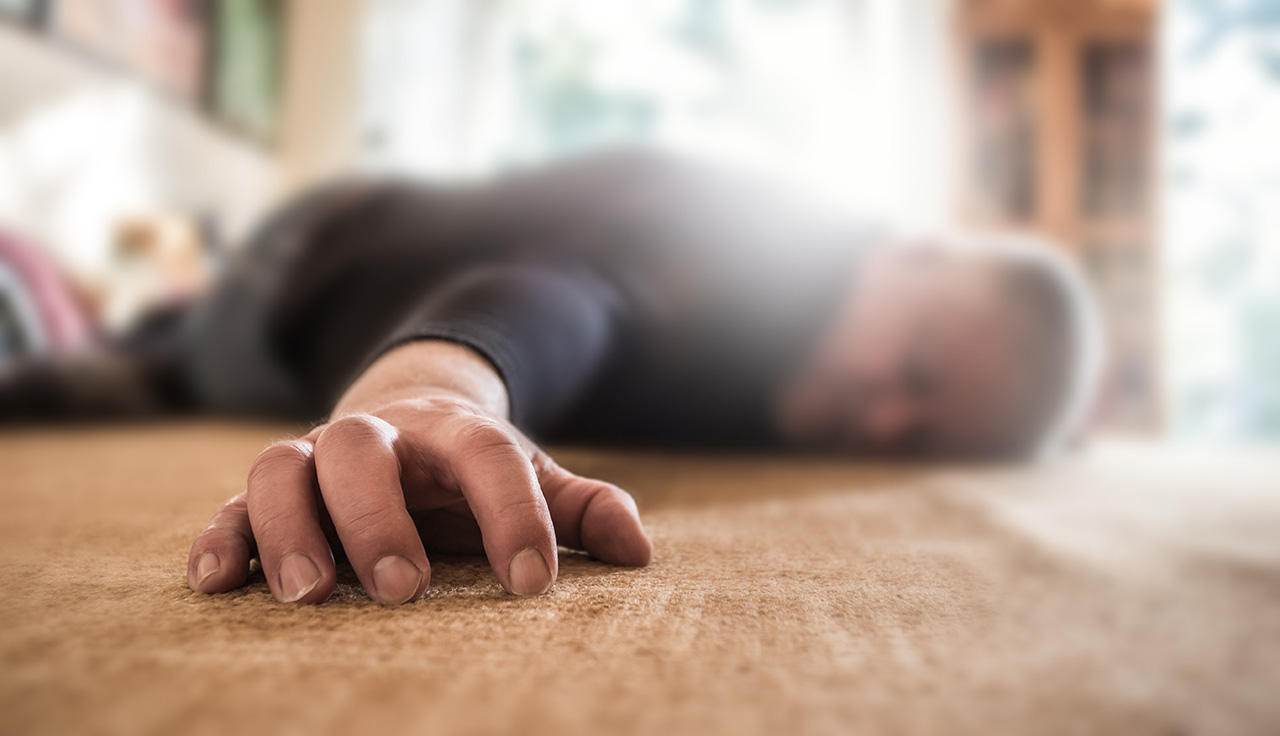
3. The primary survey
Primary means first, so the first thing you should do once you have called for help is to check and see if the person you are helping is breathing. There are a number of reasons that that person may not be breathing. If you can, try to figure out what may be preventing breath entering the victim’s lungs.
- choking
- allergies which cause the throat to swell
- asthma
- hyperventilation
- heart attack
- suffocation
- smoke inhalation
- drowning
- physical injuries to the airway (mouth, throat, lungs, ribs)
- stroke
- bleeding
- shock
If you can see what is causing the problem, you may be able to alleviate it. However, if you cannot see why the person cannot breathe, DO NOT give mouth-to-mouth resuscitation. (see below)
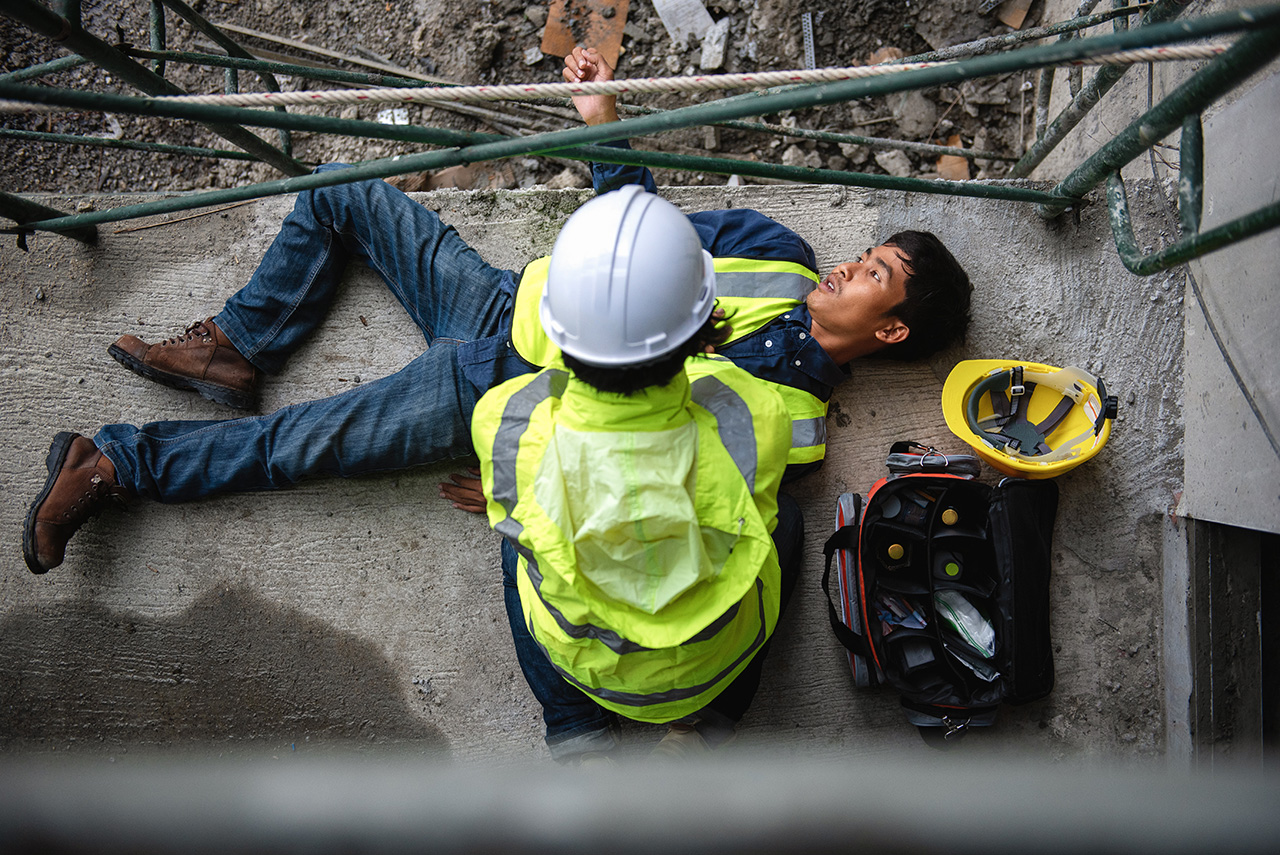
4. The secondary survey
This survey only commences once you have determined there are no life-threatening situations. If the person is conscious and has no severe bleeding, you can start the secondary survey. (If either of those situations occur, they should be attended to first. Only move on to the secondary survey once those are taken care of.)
This survey is looking for non-life-threatening injuries. Start at the head and move all the way down to the toes, looking for bumps, bruises, bone deformity, and minor cuts. If the person is unconscious, use your fingers to check. If the person is conscious, ask questions, don’t probe with your hands. If you think there is an injury to any part of the body, do not move that part of the body, which could cause further injury or even death.
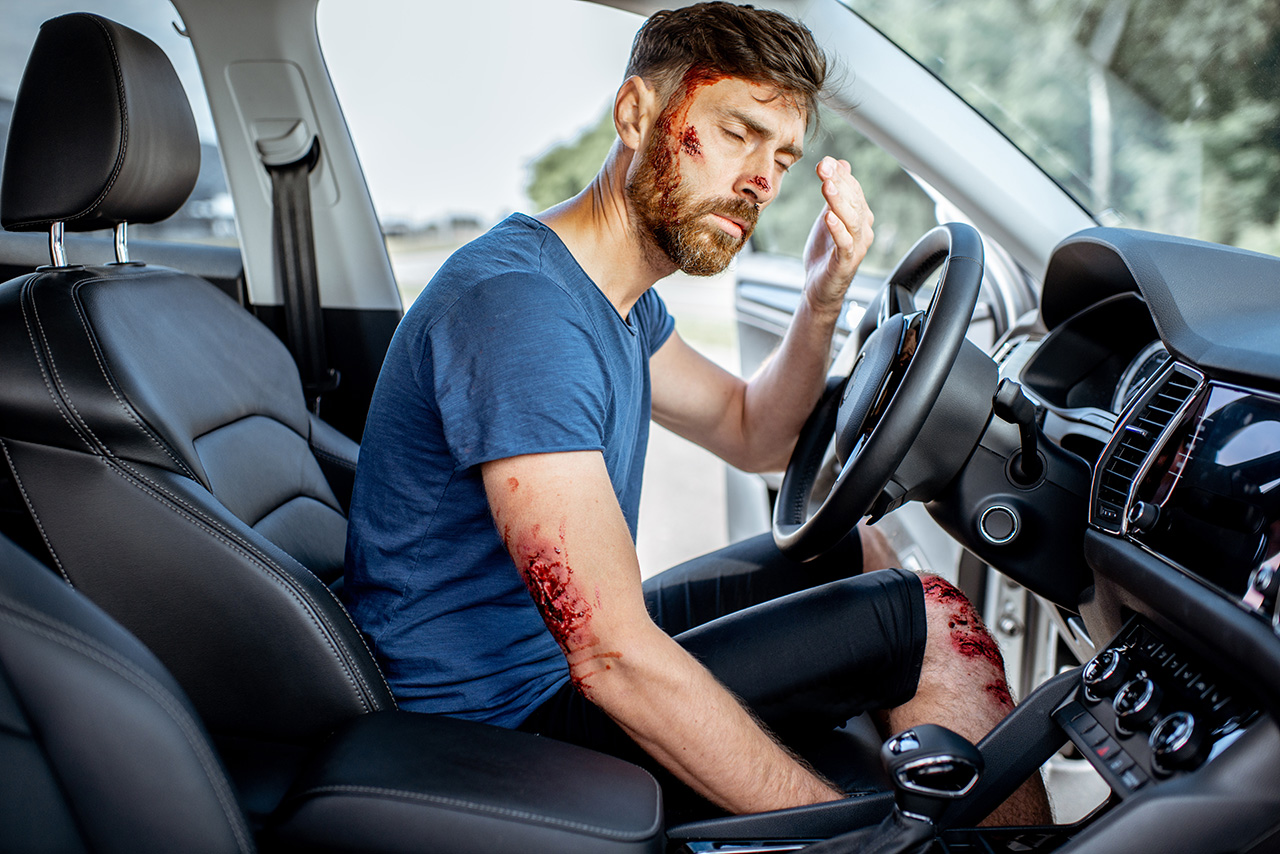
5. Rest and reassure
Talk calmly with the injured person, offering reassurance that help is coming. Listen to what the casualty says, and distract them if fear is gaining control of the situation.
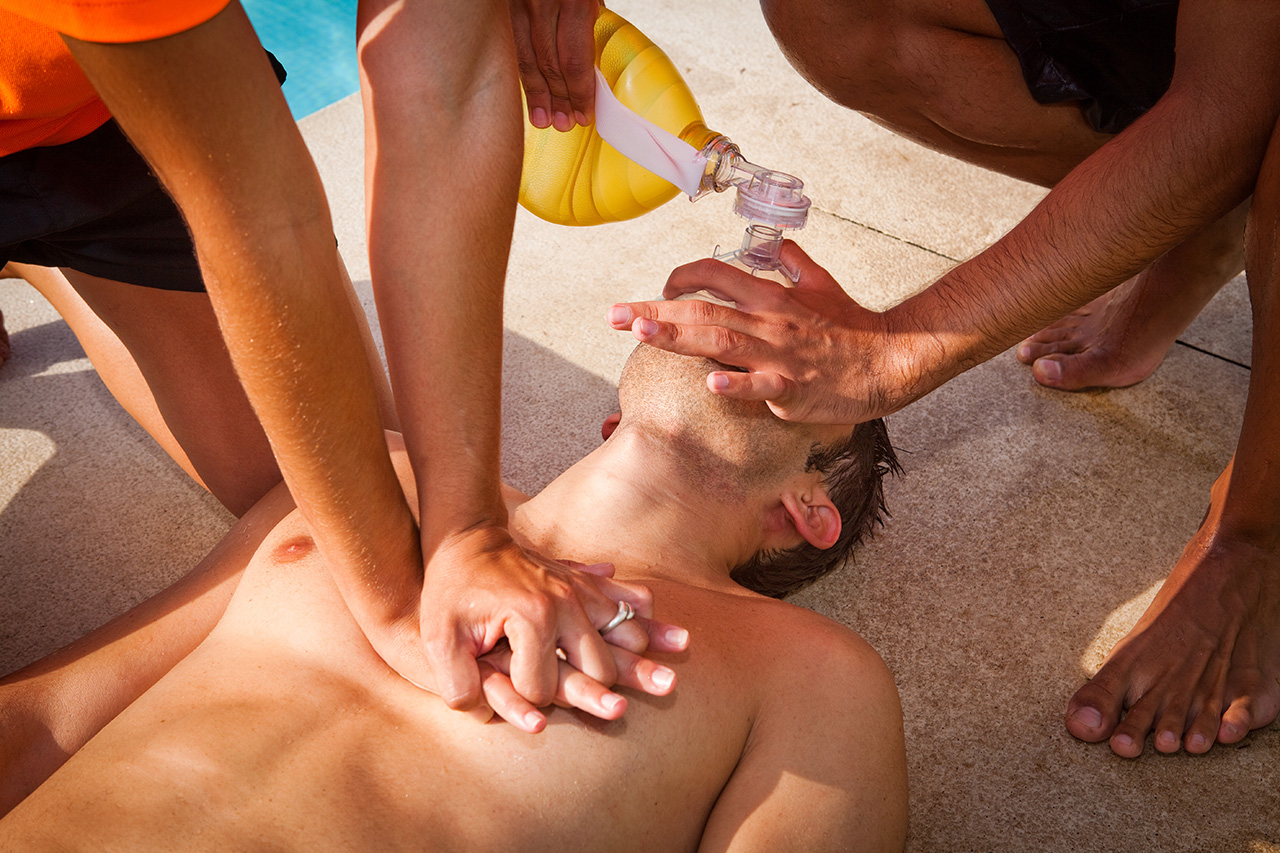
6. Monitor and treat for shock
Shock is severe and life-threatening. Signs of shock include:
- unusually calm or anxious
- lack of pain to an injury
- rapid breathing
- rapid but weak pulse
- bluish skin
- unconsciousness
Here’s what to do.
- assist the person to lie on their side to improve circulation
- treat any injuries
- help them take any medications for an illness (such as asthma)
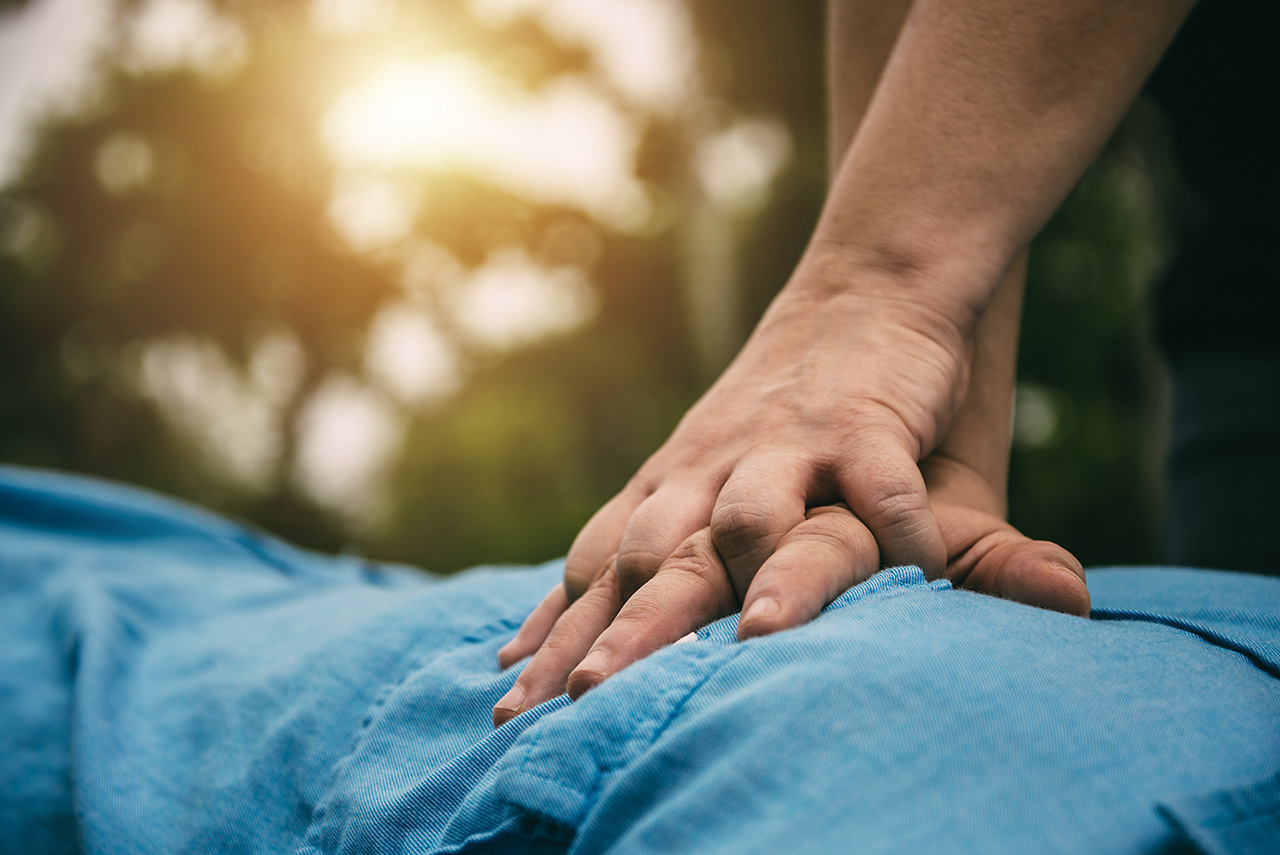
Hands-Only CPR
The American Heart Association recommends that untrained people can save lives by using compressions only to help an unconscious, non-breathing individual. It’s a simple, 2-step process that anyone can do.
Step one
If you see a teen or adult collapse, move fast. Ask someone to call 911 if there is someone nearby. If not, call 911 yourself and put it on speaker so that the operator can assist you.
Step two
Place the heel of one hand in the center of the chest. Place the other hand over the top of the first hand and interlace the fingers. Begin hard, fast compressions. One-hundred-twenty per minute is about the beat of the music “Staying Alive.” Keep compressions going until help arrives. Compressions are tiring, so if there is someone you can switch out with, do so. Just don’t stop until emergency personnel get there.
Finally, here is a resource for finding First Aid Courses near you. The more you know, the more likely you are to save lives. Sign up today!
